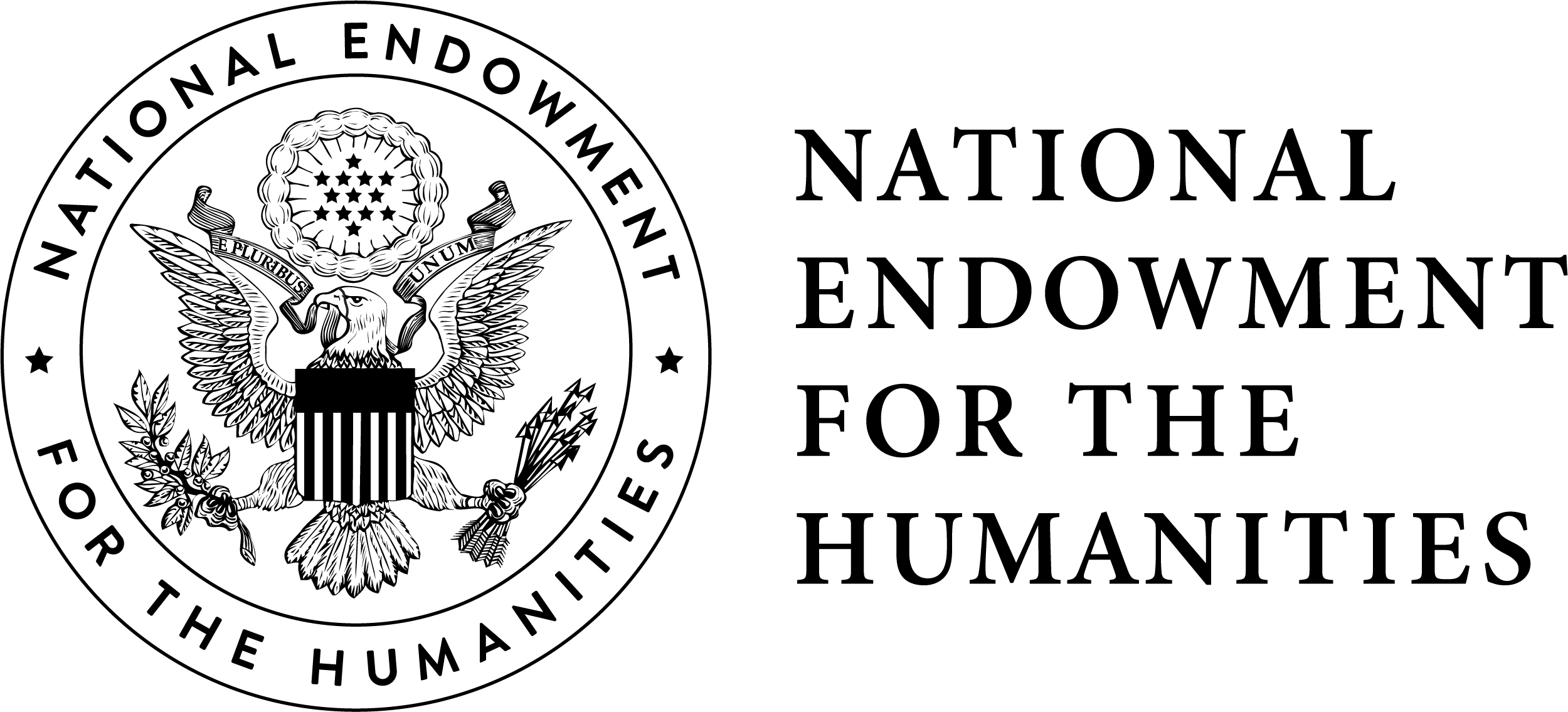Monticello guide Mikey Amos explores the many curiosities of Jefferson's Cabinet office, including the polygraph.
 This podcast was made possible in part by a major grant from the National Endowment for the Humanities. Any views, findings, conclusions, or recommendations expressed in this program do not necessarily represent those of the National Endowment for the Humanities.
This podcast was made possible in part by a major grant from the National Endowment for the Humanities. Any views, findings, conclusions, or recommendations expressed in this program do not necessarily represent those of the National Endowment for the Humanities.
Kyle Chattleton: This is Mountaintop History, a podcast produced by the Thomas Jefferson Foundation at Monticello.
Olivia Brown: Mountaintop History brings forward meaningful stories from this historic home and plantation — from the past and from the present.
Kyle Chattleton: My name is Kyle Chattleton.
Olivia Brown: And I'm Olivia Brown.
Kyle Chattleton: Thank you for joining us. We hope you'll learn something new.
If you've ever visited Monticello, upon your entry into Jefferson's private rooms, you'll stumble across a space known as the "Cabinet." It was here in the Cabinet, a room that basically functioned as an office space, that Jefferson spent many hours "drudging at the writing table," as he put it, dealing with the vast letter correspondences that he kept up with in his retirement years after leaving the presidency.
Mikey Amos, an associate guide at the Thomas Jefferson Foundation, explains further.
Mikey Amos: We're currently right next to Jefferson's Cabinet, and the centerpiece of this room is Jefferson's polygraph, a machine that can produce copies of a piece of writing. On further inspection of this room, however, we also notice a wide array of other gadgets and scientific instruments that Jefferson would've had at his disposal.
One of these instruments is an object that many still use today: a barometer. A barometer is a scientific gadget used for measuring air pressure, and Jefferson would've owned at least three barometers in addition to other weather-related tools, such as a thermometer.
For over 50 years, Thomas Jefferson was a meticulous observer of the weather. A man of science, Jefferson had interest in studying the weather patterns of his home at Monticello and his efforts to gain an understanding of the American climate. Twice a day, starting in the late 1700s, Jefferson almost continuously made records of various weather observations. Jefferson at Monticello would take two daily readings from thermometers on the mountaintop: once at dawn which Jefferson believed was the coldest part of the day, and again around 3 or 4 o'clock for the warmest temperature of the day. In addition to recording the temperature, Jefferson would also make note of any precipitation and attempt to take readings of the air pressure, wind speed, and humidity, albeit with less-than-reliable tools.
This daily ritual for Jefferson is similar to the same practices that modern weather observers still use today. It is no wonder then that the National Weather Service has claimed Jefferson as being the "father of weather observers." And it's yet another example that highlights Jefferson's belief in the power of knowledge and scientific pursuit.
Olivia Brown: This has been another episode of Mountaintop History, a collaboration podcast between WTJU and the Thomas Jefferson Foundation.
Kyle Chattleton: This episode of Mountaintop History was made possible in part by a major grant from the National Endowment for the Humanities.
Join us for new episodes every two weeks on Apple and Google Podcasts, Stitcher, and the Virginia Audio Collective.
Olivia Brown: To learn more about Monticello or to plan your next trip, visit us online at Monticello.org.

